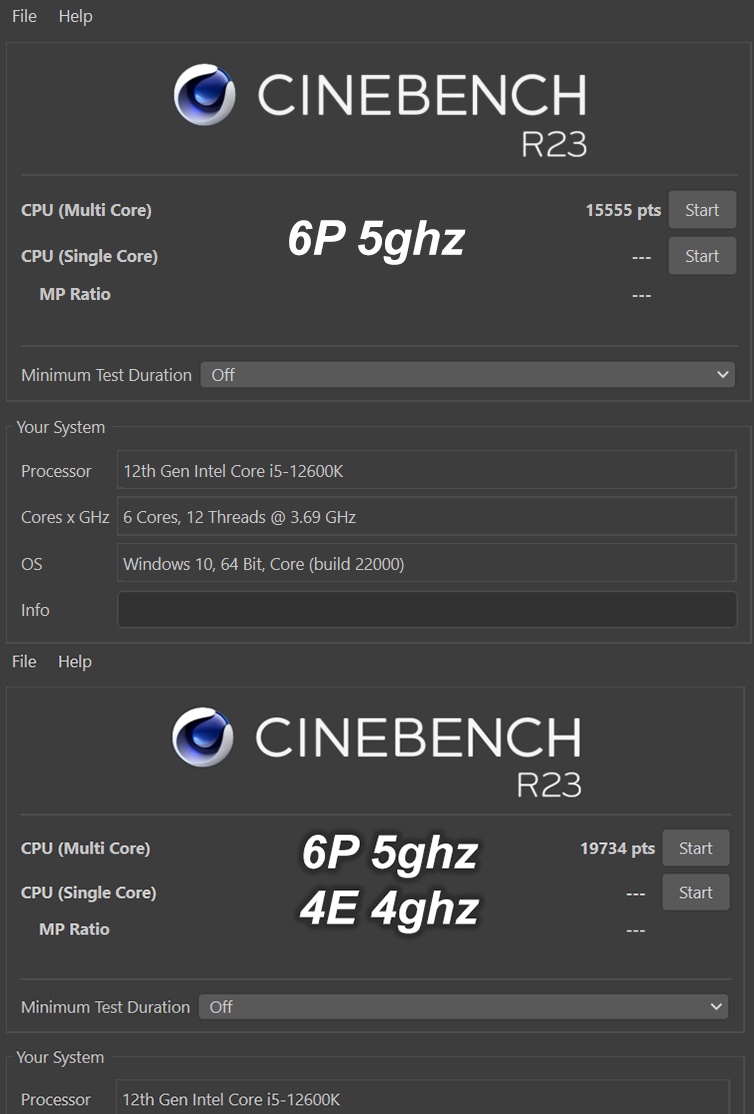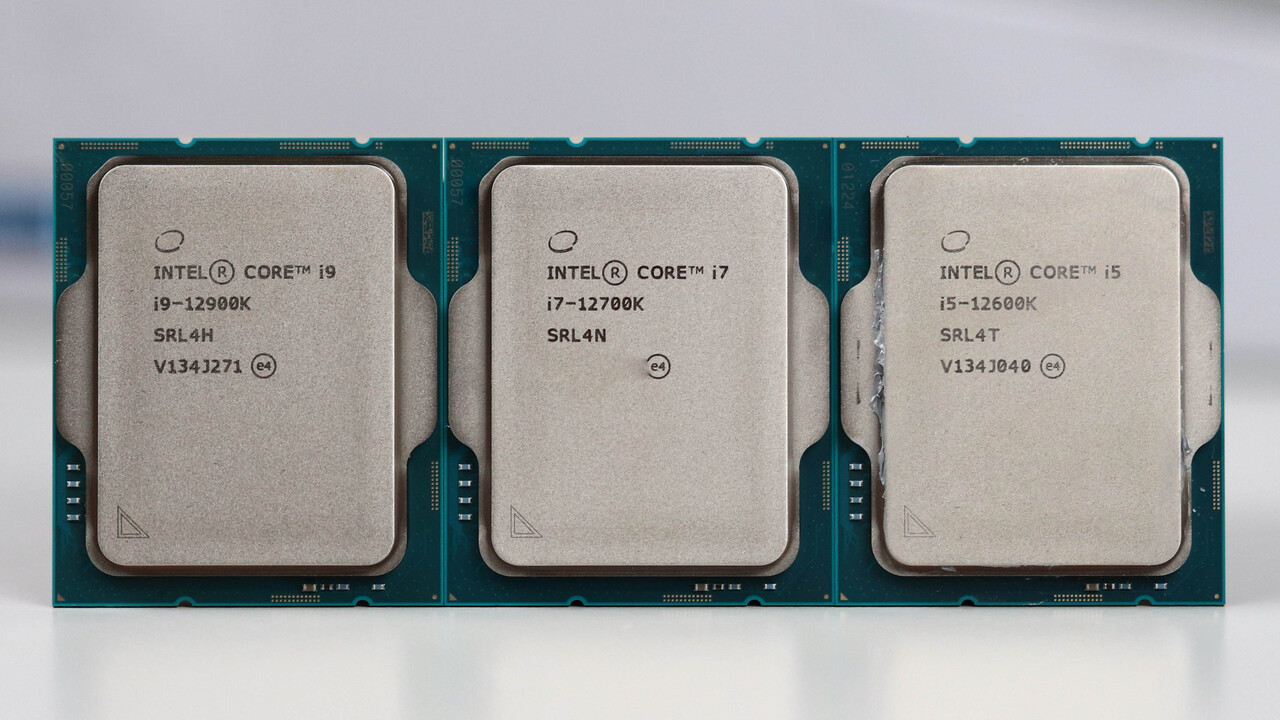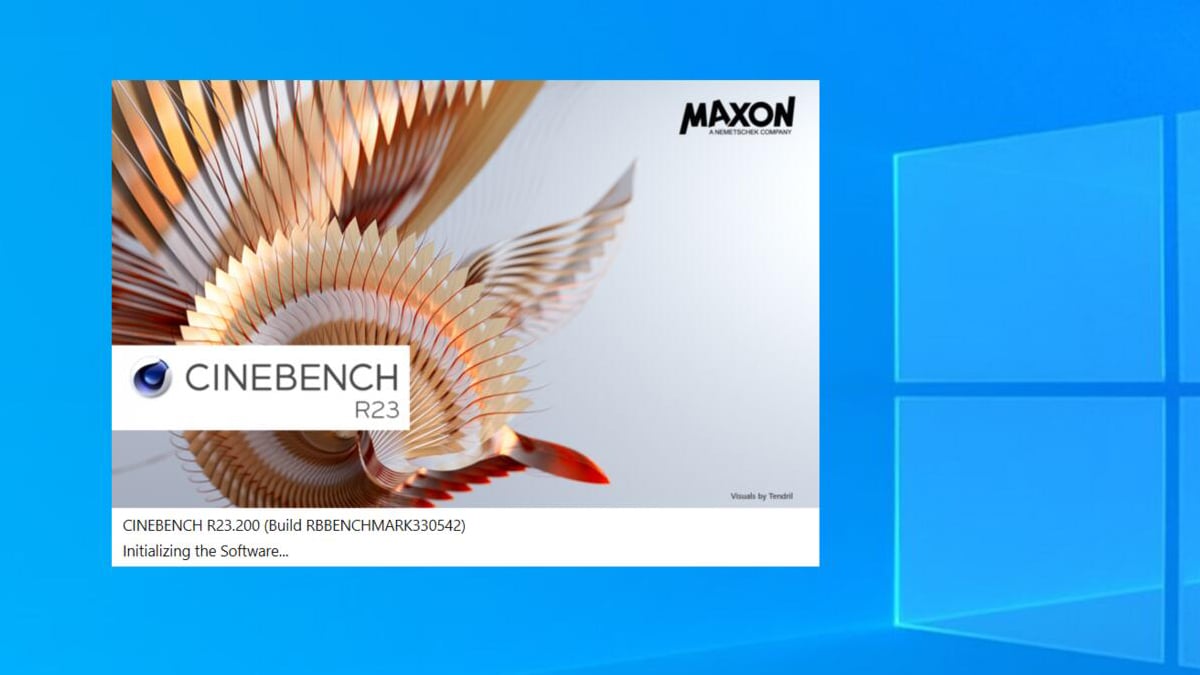His point is that they said, "Up to 20% ST performance" improvement for Alderlake and the average ended up around 19%. So the up to statement was really the upper range for the average single thread improvement. If the same holds true for RPL, then the average single thread improvement will be 10+%. We'll have to wait and see how it goes.
...vs Rocket Lake. Not really a hard thing to do, given 14nm vs. "Intel 7". and they still did not manage to beat out Zen 3 in many scenarios, and in the areas they did, AMD just slapped on more cache on a 1+ year old architecture and called it a day. Note that I've historically been the neutral one here. Raptor Lake will advance in many areas, but until MTL-S, I'm not expecting anything decent out of Intel.
EDIT: Intel could have stolen the show had they quickly scaled up Tiger Lake and pushed that out instead of Rocket Lake. An 8-core desktop Tiger Lake chip early on would have shut AMD down.







